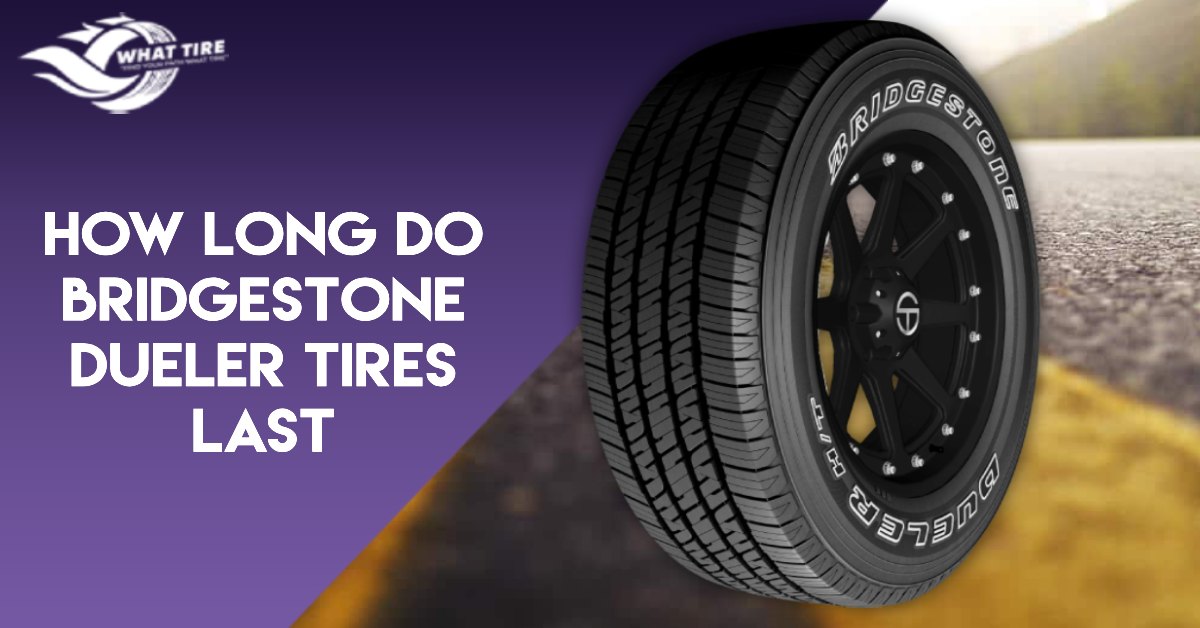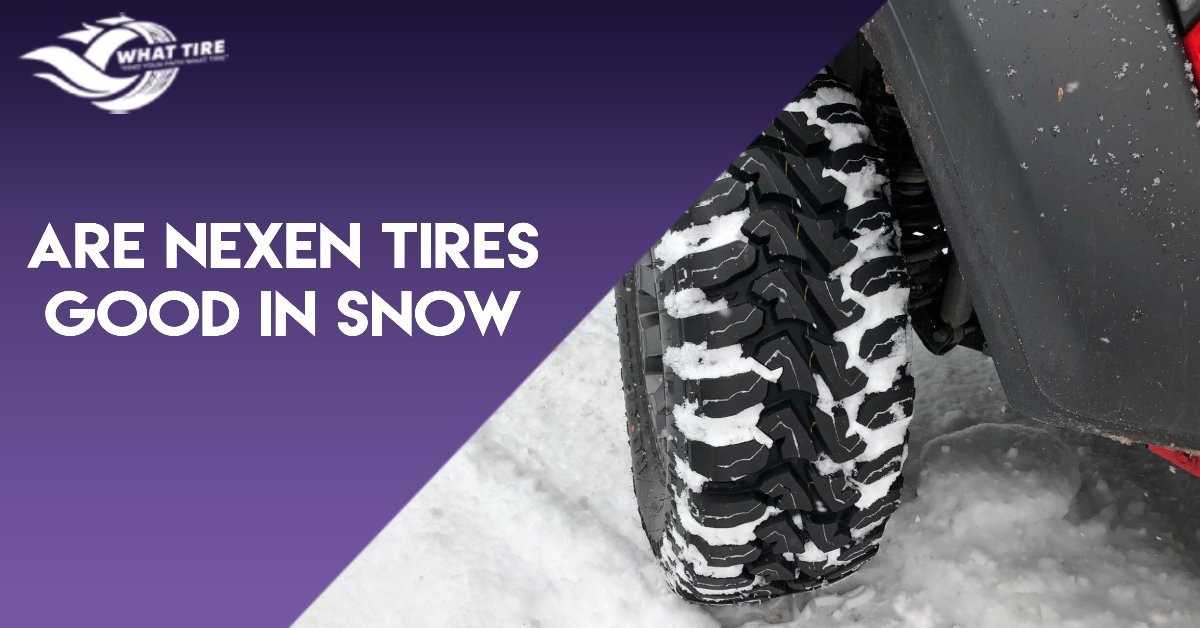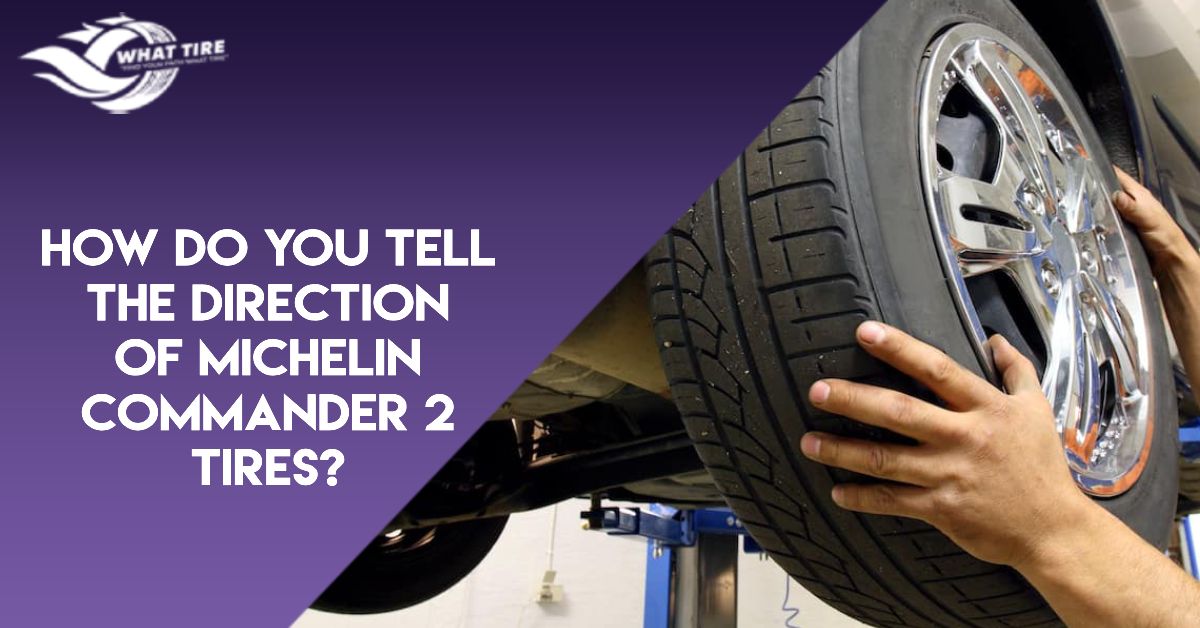As we continue on our journey of unwrapping the intricacies of tire maintenance, one question consistently emerges at the crossroads of vehicle care: What does rotating your tires mean?
The art of tire rotation, often overlooked yet crucial, plays a profound role in preserving tire health, optimizing vehicle performance, and ensuring a safer driving experience.
In the following comprehensive guide, we delve into tire rotation with expert insights, understanding its significance, dispelling myths, and learning the science behind its operation.
Table of Contents
ToggleWhat Does Rotating Your Tires Mean?
When you hear about getting your tires rotated, it’s essentially about moving them around on your vehicle. Imagine it like swapping seats for your tires. The idea is to help your tires wear out evenly. You see, tires don’t wear evenly because of how they’re placed on your car.
Some might deal with more weight or power, making them wear out faster. Rotating them helps spread out the wear, so they last longer and perform better. It’s a bit like sharing the workload and giving each tire a fair chance.
What Does Rotating Your Tires Do?
Tire rotation might sound like a simple task, but its impact on your vehicle’s performance is substantial. Here’s what rotating your tires does:
- Slows Down The Tire Wearing Process
Tires on different positions of your vehicle experience varying amounts of pressure and friction. By rotating them, you ensure that all tires wear down at a more consistent rate, extending their lifespan.
- Improves Handling
Uneven tire wear can lead to imbalanced handling and reduced traction. Rotating tires maintain uniform tread depth, providing better grip and control on the road.
- Maximizes Performance
Each tire has a specific function on your vehicle. Front tires often bear more weight and steering, while rear tires might handle acceleration and towing. Rotating tires ensures they share these responsibilities, enhancing overall performance.
- You Get Better Fuel Efficiency
When tires wear down unevenly, your vehicle’s engine needs to work harder to compensate for the imbalances. Uniformly worn tires can contribute to better fuel efficiency.
- Safer Driving
Uneven tire wear can compromise braking efficiency and responsiveness. Rotated tires enhance braking performance and overall safety.
- Reduced Vibration
Unbalanced tires can cause vibrations that translate into an uncomfortable ride. Regular tire rotation helps minimize vibrations and ensure a smoother driving experience.
In essence, tire rotation is like an equal opportunity strategy for your tires. It ensures each tire contributes its fair share, resulting in a well-balanced and efficient ride.
We have added a video in order to male it easy for you to understand verbally what it is and why:
What Does Cross Rotating Tires Mean?
Cross-rotating tires is a technique that involves changing the position of tires diagonally across the vehicle. This means moving the front left tire to the rear right position and vice versa, and the front right tire to the rear left position and vice versa.
This method helps achieve a more even wear pattern and ensures all tires experience different roles on your vehicle, extending their lifespan.
Do You Really Need to Rotate Your Tires?
Absolutely. Regular tire rotation is crucial for maintaining balanced wear and maximizing tire longevity. It’s not just a suggestion; it’s a tire care necessity. The benefits of consistent tire rotation include improved handling, better fuel efficiency, enhanced safety, and a smoother ride.
So, if you want to get the most out of your tires and your vehicle’s performance, regular tire rotation is a must.
How Often Should Tires Be Rotated?
Tire rotation frequency depends on various factors, such as your vehicle type, tire type, driving habits, and manufacturer recommendations. A general rule of thumb is to have your tires rotated every 6,000 to 8,000 miles (about 10,000 to 13,000 kilometers).
However, checking your vehicle’s owner’s manual or consulting with a tire professional is advisable to determine the optimal rotation schedule for your specific circumstances.
How Many Kilometers Before Rotating Tires?
For those who prefer metric measurements, the recommended distance for tire rotation typically falls within the range of 10,000 to 13,000 kilometers. This interval helps ensure that wear is distributed evenly among all tires, promoting longer tire life and better overall performance.
How Do You Know When It’s Time to Rotate Your Tires?
Pay attention to these symptoms, indicating it’s time for a tire rotation:
- Treadwear differs between the front and rear tires.
- Vibrations in the steering wheel or vehicle body.
- The car veers to the left or right when driving straight.
- Excessive road noise, especially from the front.
- Inconsistent tire pressure among different tires.
- Check for uneven tread patterns across your tires.
- If your steering wheel isn’t aligned even when driving straight.
- A drop in fuel efficiency could signal uneven tire wear.
- Noticeable changes in how your vehicle handles or corners.
- Cracks, bulges, or cuts on the tire sidewalls or treads.
- Vibrations even on smooth roads or at lower speeds.
- Tires squeal during turns, indicating uneven traction.
- Your vehicle pulls to one side while driving on a flat road.
- Some modern vehicles have tire rotation indicators.
Regularly inspecting your tires for these signs can help you identify when it’s time for a rotation.
Maintaining proper tire pressure is crucial for avoiding bead leaks and ensuring safe driving. Understanding what is optimal tire pressure for different psi max levels an help you avoid potential issues.
Have you noticed any of these signs in your tires? Share your experience in the comments below—your insights could help fellow readers make better tire care decisions!
Should Tires Be Rotated Every Oil Change?
While it’s a common practice to have both oil changes and tire rotations performed during the same service appointment, it’s not necessarily a strict requirement. However, this schedule can be a convenient way to ensure that both your vehicle’s engine and tires are well-maintained.
If you’re following a regular maintenance plan, consider rotating your tires every other oil change, which typically occurs every 6,000 to 7,500 miles.
Is It OK to Rotate Tires Every 10,000 Miles?
Rotating your tires every 10,000 miles can be a reasonable guideline for vehicles that undergo less demanding driving conditions and have tires with even wear patterns. However, it’s crucial to remember that certain factors, such as your driving habits, vehicle type, and tire wear, can impact this interval.
For optimal tire health and longevity, it’s generally recommended to follow the manufacturer’s guidelines or consult a professional for personalized recommendations.
Does Rotating Tires Extend Life?
Yes, tire rotation can significantly extend the overall lifespan of your tires. Uneven tire wear is a common issue, with the front tires often wearing more on the outer edges due to turning.
By regularly rotating your tires, you promote even tread wear, allowing all tires to wear down at a more balanced rate. This not only extends the life of your tires but also contributes to better fuel efficiency and improved vehicle handling.
Do Tires Wear Faster If Not Rotated?
Yes, tires can wear down more quickly and unevenly if they are not rotated regularly. The front tires tend to wear faster on the outer edges due to turning, while the rear tires wear more evenly.
Without rotation, this uneven wear pattern can lead to reduced tire lifespan, decreased fuel efficiency, and compromised vehicle stability. Regular rotation helps distribute the wear evenly, promoting better tire health and extending their overall longevity.
What Happens If You Wait Too Long To Rotate Tires?
Neglecting timely tire rotation can lead to a range of problems and safety hazards. Here are eight dangers of not rotating your tires on time:
- Uneven Wear
Tires that are not rotated regularly will wear unevenly, with some tires experiencing more wear than others. This can lead to reduced tread depth and compromised grip on the road.
- Reduced Traction
Uneven wear patterns can result in reduced traction, especially in wet or slippery conditions, increasing the risk of skidding or hydroplaning.
- Decreased Fuel Efficiency
Unevenly worn tires can create additional rolling resistance, causing your vehicle’s engine to work harder and decreasing fuel efficiency.
- Impaired Handling
Uneven wear affects the balance of your tires, leading to imbalanced handling, longer braking distances, and decreased stability during maneuvers.
- Vibration and Noise
As tires wear unevenly, you may experience increased vibrations and road noise, leading to a less comfortable and enjoyable driving experience.
- Tire Failure
Severe cases of uneven wear can weaken the tire’s structure, increasing the likelihood of a blowout or sudden tire failure.
- Alignment Issues
Neglecting tire rotation can also exacerbate alignment issues, leading to further uneven wear and more frequent trips to the mechanic.
- Reduced Lifespan
Tires that wear unevenly due to lack of rotation will have a shortened lifespan, meaning you’ll need to replace them sooner, resulting in extra costs.
Regular tire rotation helps mitigate these risks, ensuring even wear, optimal traction, and longer-lasting tires, while also promoting safer driving conditions for you and your passengers.
ver had an issue with uneven tire wear? We’d love to hear how you handled it! Drop a comment below and let’s discuss how tire rotation made a difference for you.
Here is a detailed guide on what happens if you don’t rotate your tires.
Tire Rotation and Wheel Alignment
While tire rotation primarily focuses on achieving even tire wear, wheel alignment is concerned with adjusting the angles of the wheels to ensure they are perpendicular to the ground and parallel to each other. Tire rotation and wheel alignment are distinct but complementary maintenance practices.
Check out whether you need wheel alignment after rotating your tires or not.
Balancing Tires After Rotation
While tire rotation addresses even wear, it doesn’t directly affect tire balance. Tire balance is the even distribution of weight around the tire and wheel assembly.
After rotation, it’s a good idea to check and rebalance the tires if needed. Unbalanced tires can lead to vibrations, uneven wear, and strain on suspension components.
Conclusion
In a nutshell, tire rotation is key for safe and efficient driving. It keeps your tires wearing evenly, leading to better performance and saving you money.
Remember to rotate regularly and follow the recommendations of your vehicle’s manufacturer. It’s a small step that makes a big difference in your driving experience.
FAQ’s
Rotating your tires helps ensure even tire wear, extends tire life, and enhances overall vehicle performance by distributing the wear patterns more evenly.
Tire rotation is typically recommended every 6,000 to 8,000 miles or as per your vehicle manufacturer’s guidelines to maintain uniform wear.
Without regular rotation, tires may wear unevenly, leading to decreased traction, handling issues, and a shorter tire lifespan.
While it’s possible to rotate tires at home, it’s advisable to seek professional help as they have the right tools and expertise to do it correctly.
Tire rotation is generally considered routine maintenance and should not affect your vehicle’s warranty. However, it’s essential to keep records of maintenance for warranty claims.
No, AWD and FWD vehicles have different tire rotation patterns due to varying wear patterns. Consult your vehicle’s manual or a professional for the correct rotation pattern.
It’s not recommended to rotate tires with significantly different tread depths, as it may cause handling problems. Tires should be relatively close in tread depth for rotation.
Yes, even if you have a spare tire that hasn’t been used, it’s still necessary to rotate your tires to ensure all tires wear evenly and maintain optimal performance.







